How to grow Endives: Planting, Irrigation, Fertilizer, Forced and Harvest
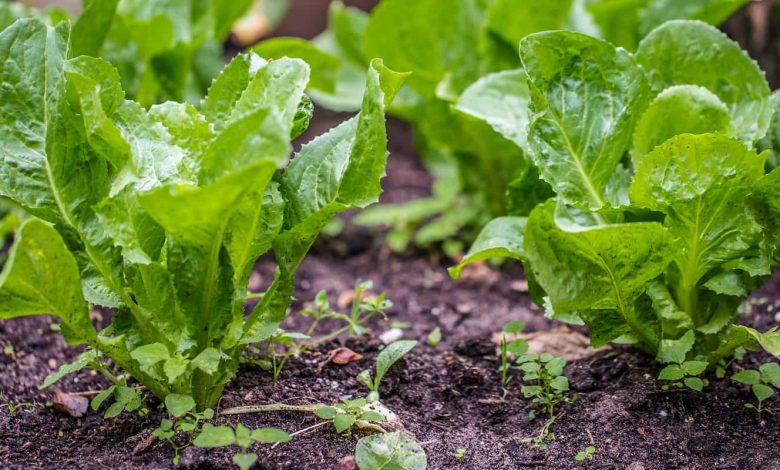
Hi Farmers. In this article we are going to teach you everything you need to know to grow endives or endives in your garden. We will learn what the appropriate climate and type of soil is, what work we will have to do to prepare the land, how the fertilization and irrigation must be carried out, how we must carry out the sowing and the whole process until we get the endives, although we already advance that it is a somewhat special crop.
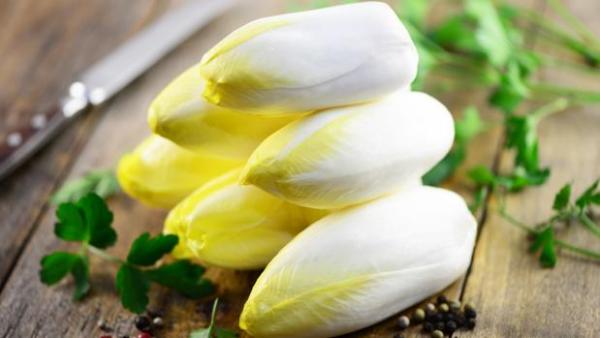
Is it spelled endive or endive?
The Royal Spanish Academy of the language admits the two spelling forms. We can write endive or endive. Both forms are correct.
What is special about Endive cultivation?
Endive or endive (Cichorium endivia L) is a plant of the Asteraceae family, popularly known as Compositae, and to which lettuce or artichokes also belong.
Endive is actually a variety of chicory whose origins lie in Belgium, where farmers discovered that keeping chicory roots in a dark place for a while produced buds called endives.
This is where the key to the particularity of its cultivation will reside, since it will be divided into two phases: the first, so to speak, would be the «normal » planting phase to obtain the root, and the second would be the stage in which we would leave these roots in the dark to obtain endives.
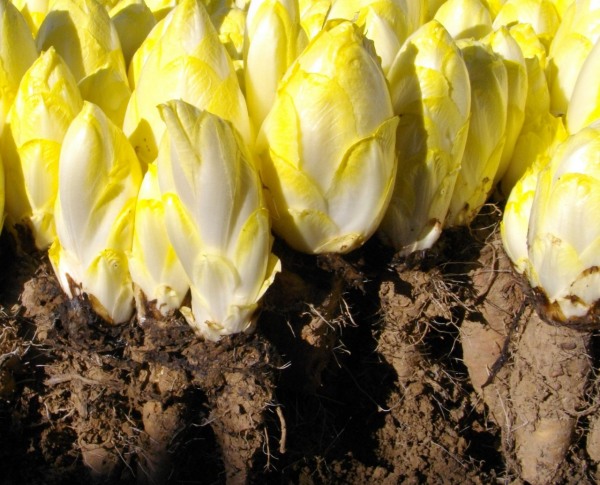
Suitable climate and soil
Regarding the climate, we can say that endive is not a very demanding crop and that, therefore, it will be able to adapt to very diverse climates, including the Mediterranean. It needs temperatures above 9ºC for the seeds to germinate, although the optimal range would be between 25 and 30ºC.
Endives will prefer light soils, clay-sandy or sandy, not stony and with a neutral or slightly alkaline pH. Although, some of these properties can be improved through the work prior to sowing.
ground preparation
To obtain a good harvest of endives, it is very important to follow all the steps well, therefore, it is essential to loosen the soil to improve aeration and avoid future waterlogging by breaking up the soil well. We can use small agricultural machines that make our tasks easier.
For more information about these agricultural machines, you can consult our article Motocultivators and Motoazadas for the orchard. Differences and how they work
In addition, we can add organic fertilizer such as compost or earthworm humus to improve the substrate and the subsequent development of the crop.
Endive cultivation
Endive is a plant that requires a somewhat special cultivation, divided into two phases:
- Phase 1: sowing and obtaining the root. This phase, as its name suggests, has as its objective the formation of the root and can be carried out in the month of May. Although we will also obtain leaves on the surface, it is not what will interest us.
- Phase 2: the forced. This phase will be carried out in autumn and consists, broadly speaking, of uprooting the roots obtained in phase 1, keeping them in the dark and, after 1 month, it will be when we will obtain the endives.
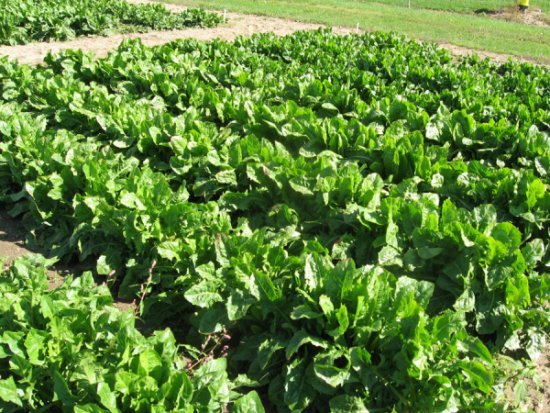
Endive cultivation phase 1
In this phase, as we have already mentioned, what we want is to obtain the root, which must be carried out during the month of May. We must sow in rows, separated about 30-40 cm from each other, with a depth of about 20-25 cm and with a distance between the plants of each row of about 20 cm.
Once the sowing is done, we will add soil to cover the holes and, finally, we will have to water without flooding the ground.
Phase 2 of endive cultivation
When autumn arrives, we will already have leaf buds on the surface, although these leaves are not what we are going to be interested in, although we can use them for salads. What we must do is pull out the roots and cut the leaves about 2 or 3 cm from the neck. This root is what we are going to use for what is called forcing the buds, which is nothing more than inducing the growth of endives by keeping these roots in dark conditions.
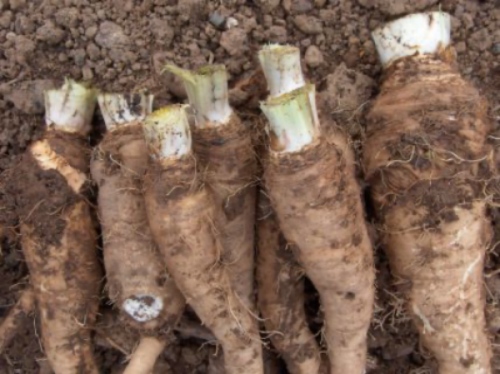
Before starting with the forcing, it is important to clean the roots well, eliminating all the secondary roots, to keep only the main one, which will be the one we will need for the buds to grow.
The next step can be done in two ways. On the one hand, we can rebury the roots about 50 cm deep, taking care that the soil is loose and well drained. Later it would be necessary to water and after a month we will have obtained our endive buds.
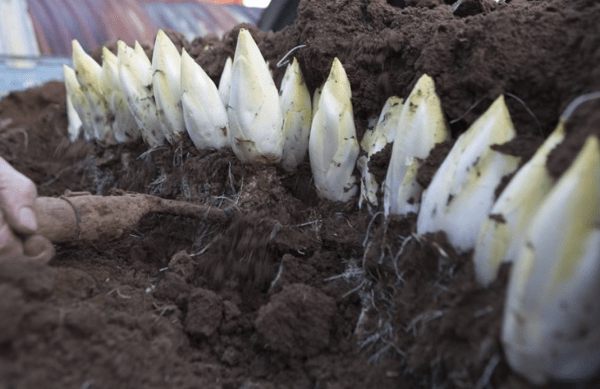
Another option is to use boxes instead of burying the roots again. If we choose this alternative, we must place the roots in a box, add soil and water and cover them with opaque plastic or something similar. It is very important that they do not receive light, so we must leave them in a dark place for a month. After that time, we will obtain the endive buds.
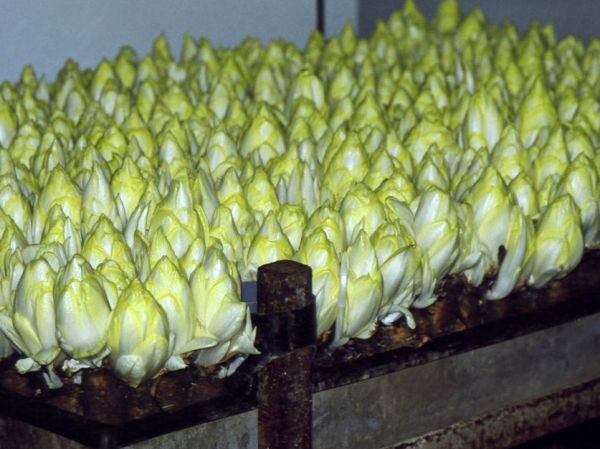
Subscriber
Endives are plants that are very sensitive to excess fertilizer, so we must take special care not to exceed the dose. In addition, excess nitrogen favors the incidence of diseases such as Sclerotinia and can reduce the amount of endives harvested.
As fertilizer we can use compost at a rate of about 3kg/m 2 before sowing. Another alternative is manure, which must be well fermented. An indicative amount could be 1kg of manure per square meter. Although, these fertilizer doses are roughly, since the exact amount depends on many factors, such as the type of soil.
There are also other alternatives such as earthworm humus or other organic fertilizers.
Irrigation
Endive is a vegetable that will need to incorporate irrigation. The most abundant application should be carried out after sowing, ensuring that the ground does not become waterlogged, as this could lead to root diseases and a higher incidence of fungi.
In subsequent irrigations, the quantities of water will not be as high, although we must keep the soil moist through frequent and uniform applications. Therefore, the ideal would be to use drip irrigation.
For more information on drip irrigation, calculation of flow rates, drippers, etc., you can consult our article Drip irrigation: What flow rate and distance between drippers should I use?
Harvest
The harvest will take place in autumn, once the second phase of cultivation is finished. Harvesting will probably have to be done in stages, as the bud will not reach the same size on all plants at the same time.
Bibliography
- Cotrina Vila, F., & Esteban Sánchez, A. Endive. Madrid: Informative sheets of the Ministry of Agriculture. https://www.mapa.gob.es/ministerio/pags/biblioteca/hojas/hd_1973_15.pdf
- Ministry of Agriculture, Fisheries and Food (MAPA).Endive. https://www.mapa.gob.es/es/ministerio/servicios/informacion/endibia_tcm30-102698.pdf
- Ontario Ministry of Agriculture Food and Rural Affairs. (2012).Witloof chicory/Belgian endive. OMAFRA.http://www.omafra.gov.on.ca/CropOp/en/spec_veg/leafy_veg/witl.html

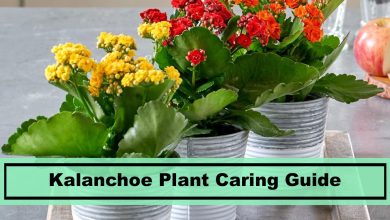
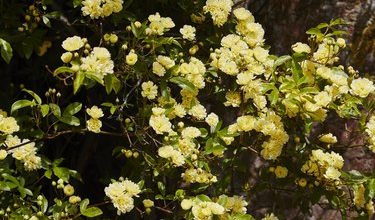
![Photo of Chinese Money Plant: [Planting, Care, Watering and Substrate]](https://www.complete-gardening.com/wp-content/uploads/2022/08/chinese-money-plant-planting-care-watering-and-substrate-390x220.jpg)
